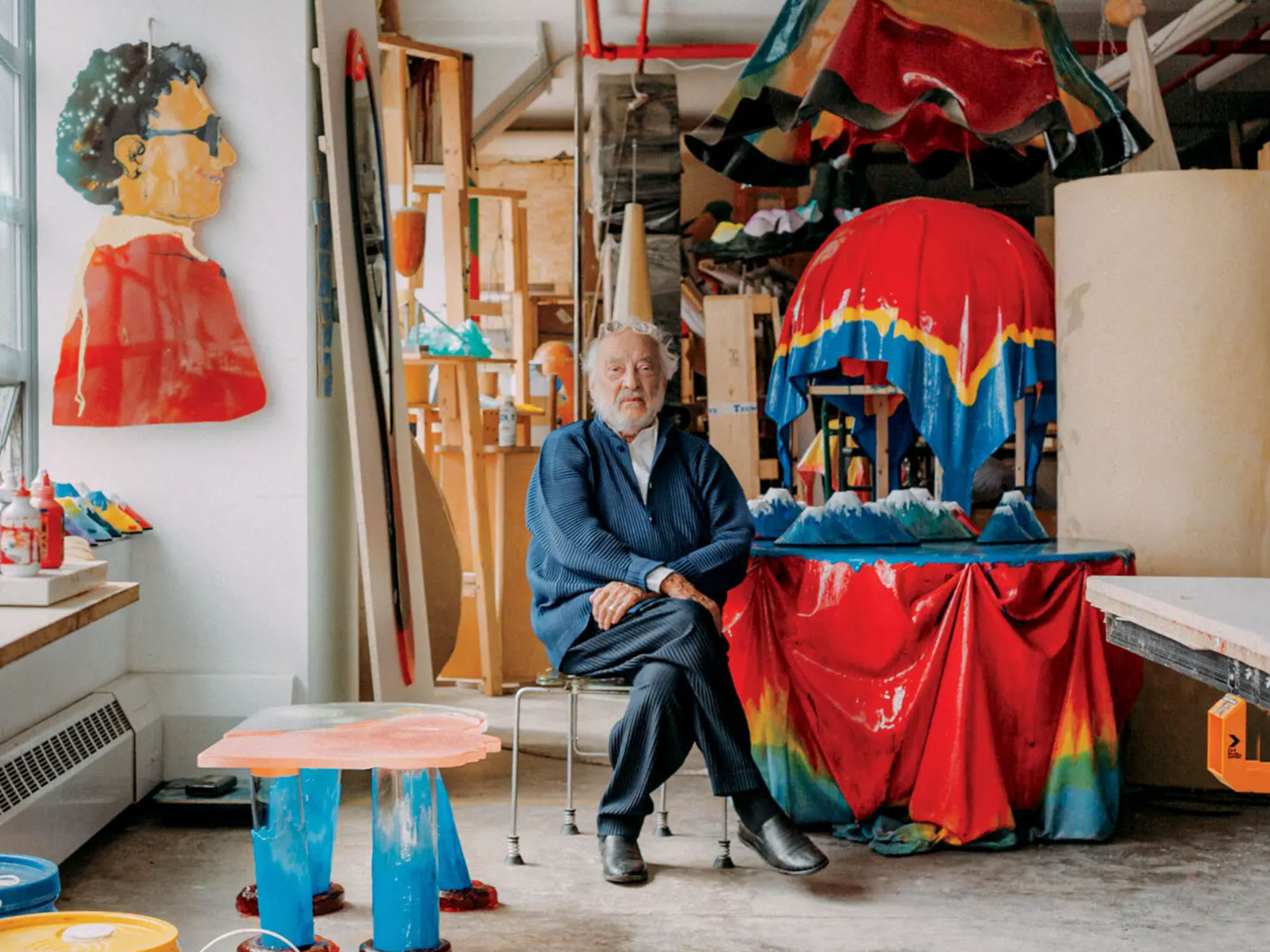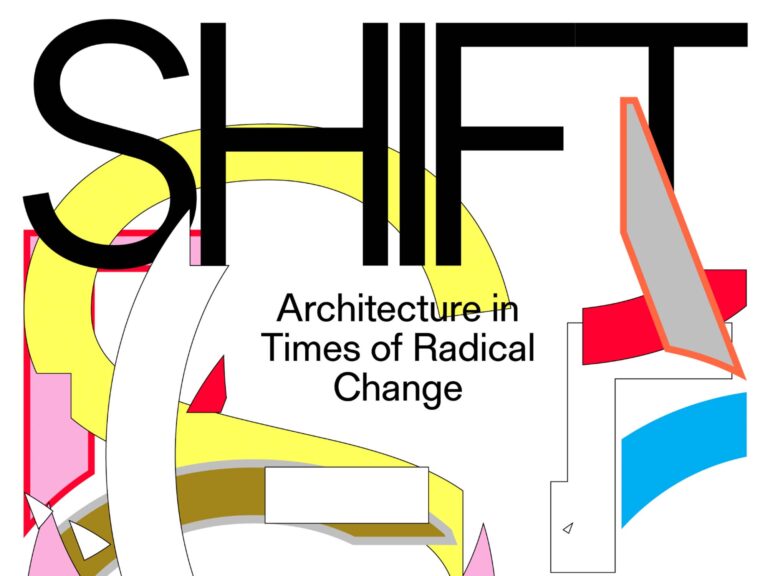By Glenn Adamson
The great Gaetano Pesce has left us, at the age of 84. He was the last of the great radical Italian designers, and the most instinctively avant garde of them all.
Pesce’s career was long and diverse, stretching over six decades. It did, however, have a single animating impulse. Reacting strongly against the rationalist and abstract tendencies of modernism, he sought to re-humanize design, making it a sensitive register of its time. In the process, Pesce opened design to whole new realms of communication, making it, for the first time, just as expressively capacious as painting, music, or literature.
Born in La Spezia, in 1939, Pesce was strongly affected by the atmosphere of postwar Italy in his early years. Though an aggressively secular person, his work also sometimes reflected the inheritance of the Italian baroque, with its theatrical religiosity. After a brief involvement with proto-Conceptualism in the early 1960s, he embraced a more visceral, confrontational approach. His UP furniture series of 1969, made from expanding foam, literally rises to meet you when it is unpacked, a body taking life before your eyes. Shortly after, he took a leading role in Cassina’s independent research and development arm, Bracciodiferro (referring to a rude gesture, roughly, “up yours”). In this context he created some of his most provocative works, including the Moloch – a gigantic Anglepoise-style lamp that looms over the domestic interior – and the powerful Golgotha suite, furniture conceived at biblical proportions.
Pesce first became known in the USA through his presentation in the landmark exhibition Italy: The New Domestic Landscape, in 1972. He moved to New York City in 1980. Especially influential, in this later part of his career, was his use of expressive process and contemporary materials, like industrial felt and pigmented resin – “If I see someone using wood,” he liked to say, “I can see he’s a reactionary.” He envisioned extraordinary poetic architecture, some of which was actually built – like the Organic Building in Osaka (1989), which introduced the concept of living walls of plants. And his interiors for the advertising agency Chiat/Day (1994) were similarly ahead of their time, anticipating the wireless, open-plan office. In more recent years, he concentrated his restless energies primarily on furniture, introducing humor and figuration, making objects as characterful and idiosyncratic as the people who might use them.
Pesce’s influence is so pervasive that it is impossible to miss, if difficult to track precisely. Perhaps his most significant legacy is not to be found in the works he made, but in the unruly energy he brought to design, which so many others have learned from and made their own. This is exactly the future he would have wished for; the only continuity, in his view, was change.
DESIGN IN DIALOGUE
Rewatch this Design in Dialogue interview: Since the 1960s Gaetano Pesce has originated numerous strategies that are now pervasive in the discipline, including speculative design, mass customization, and figurative architecture. In this episode, Glenn Adamson spoke with Geatano Pesce about his long and fascinating career, and get his thoughts on the challenges of the present moment.










